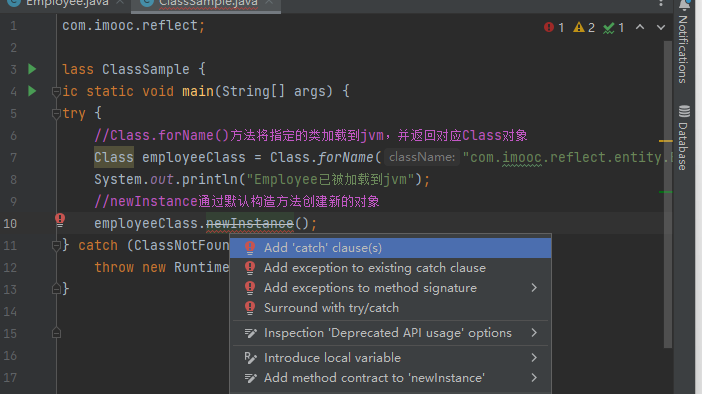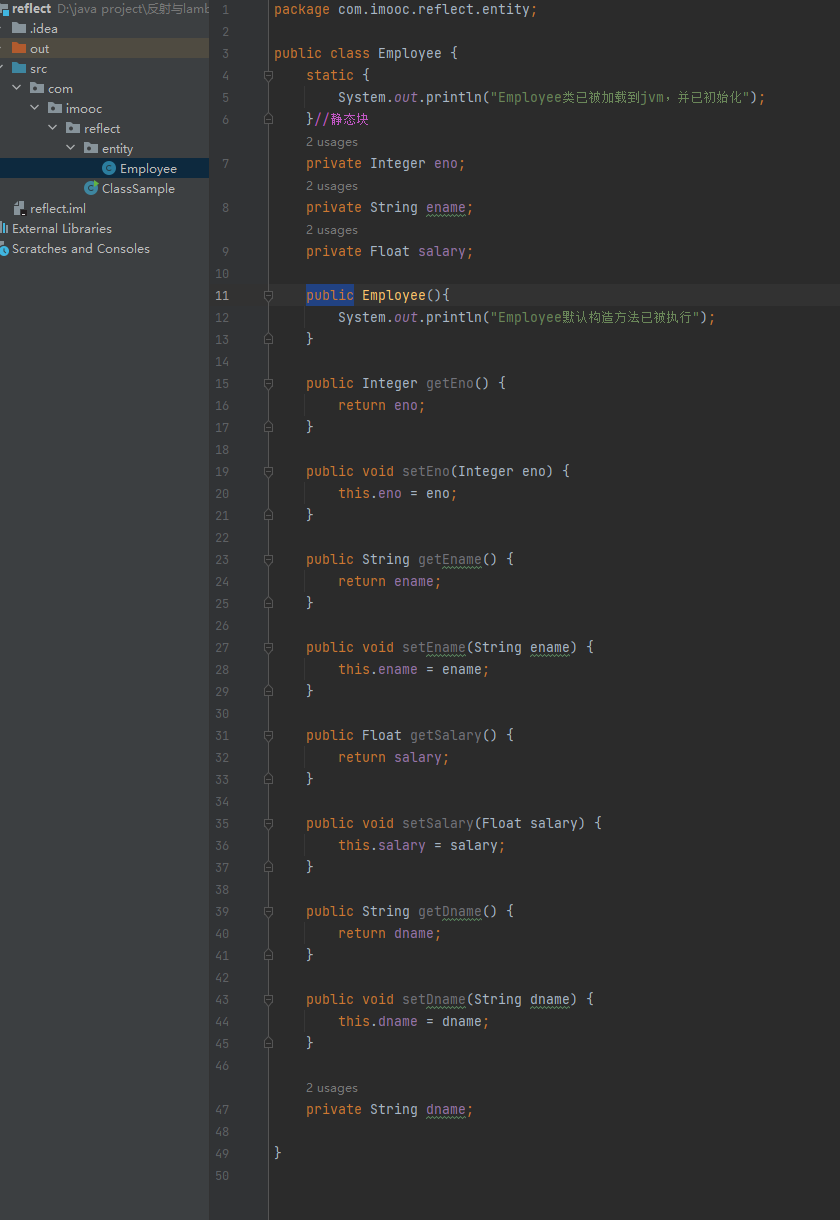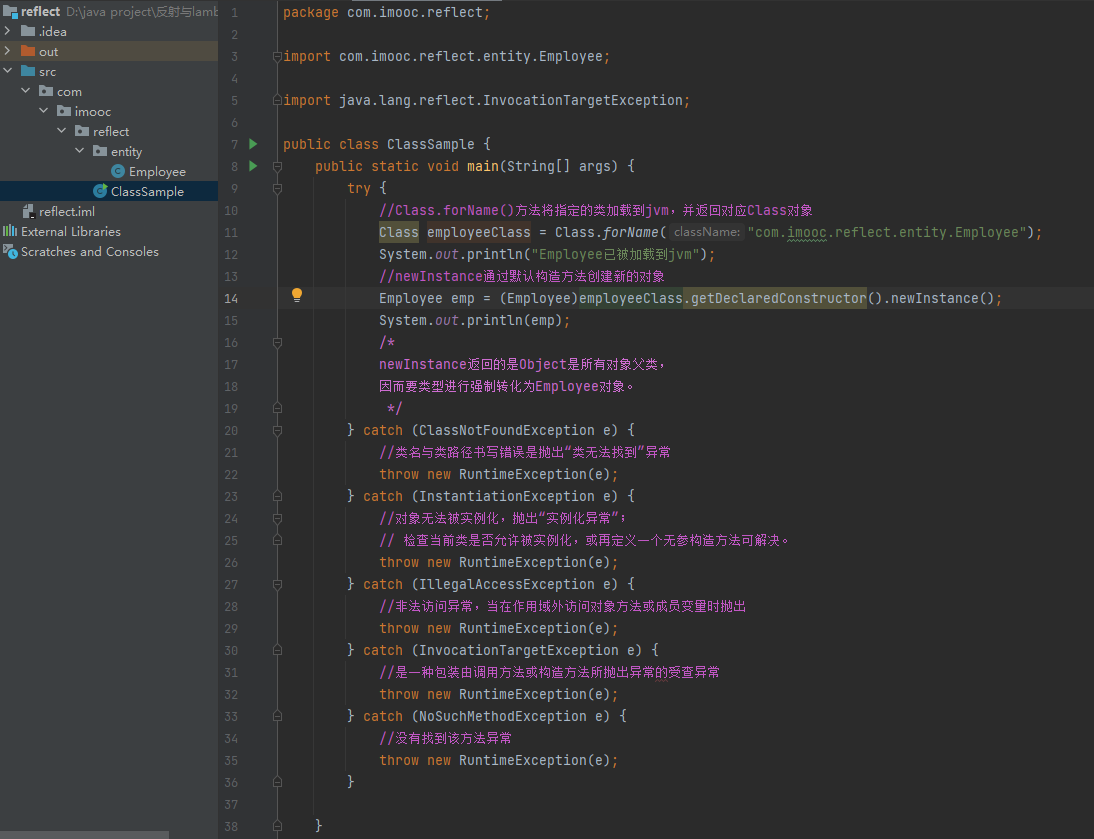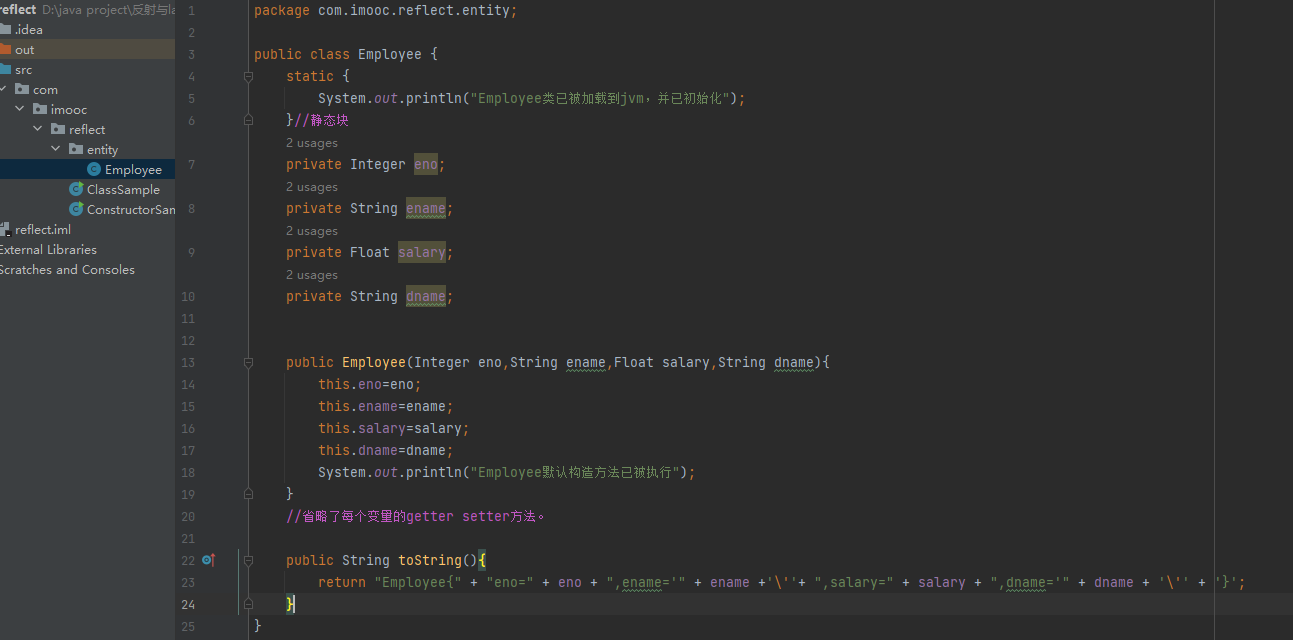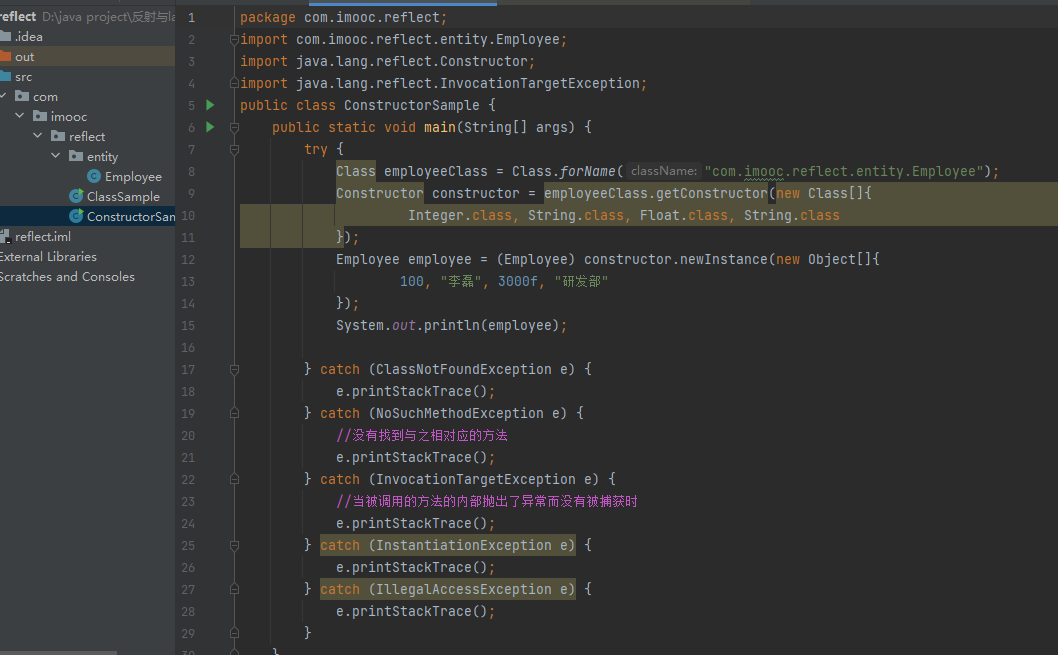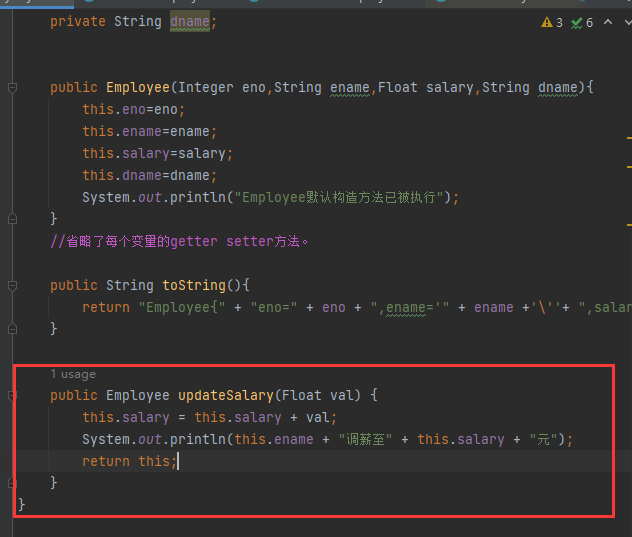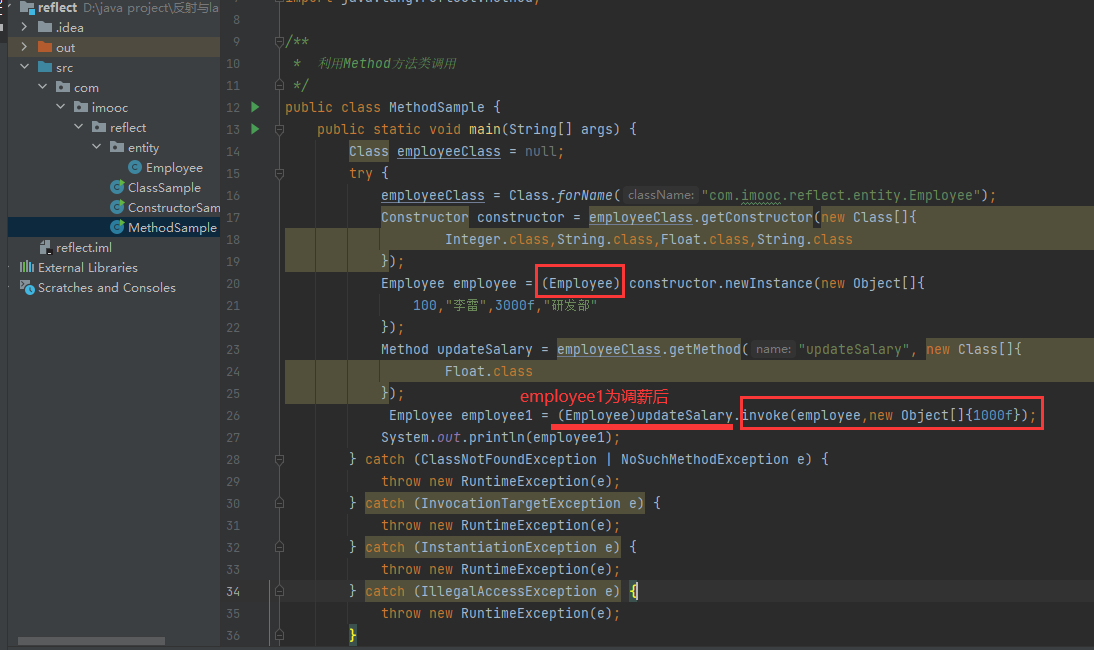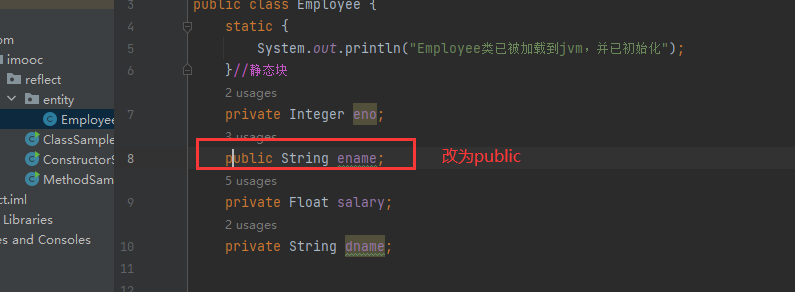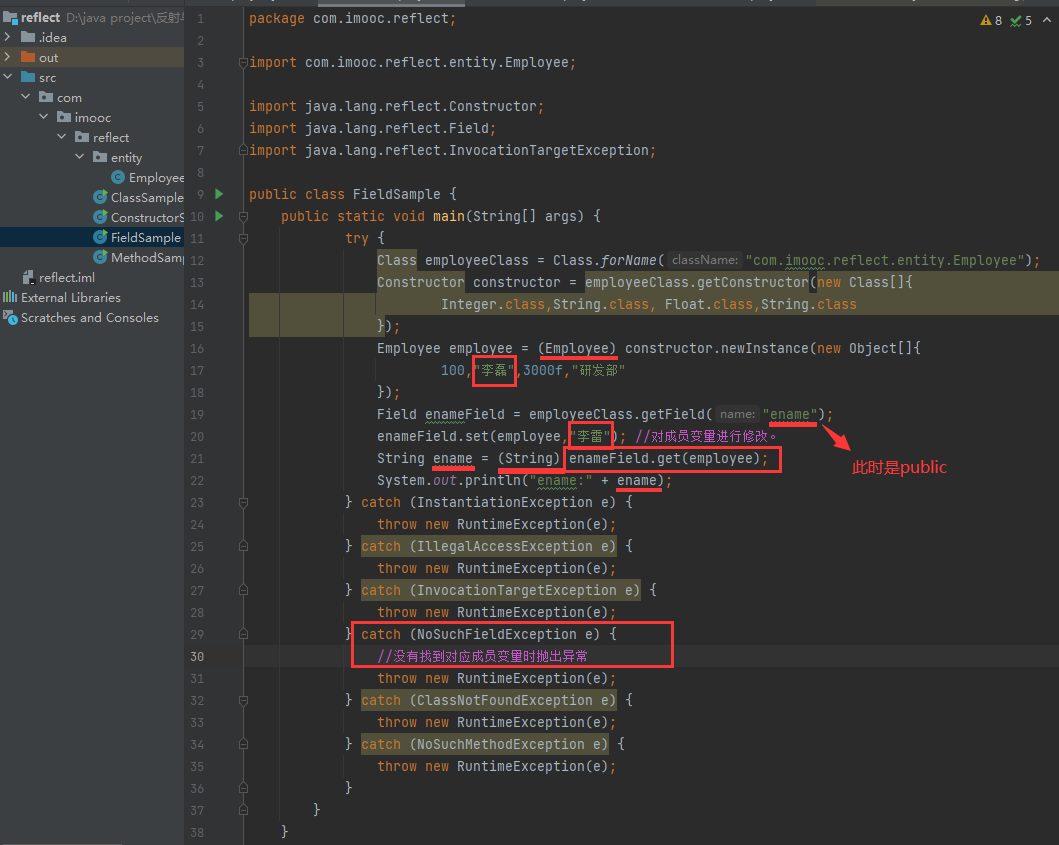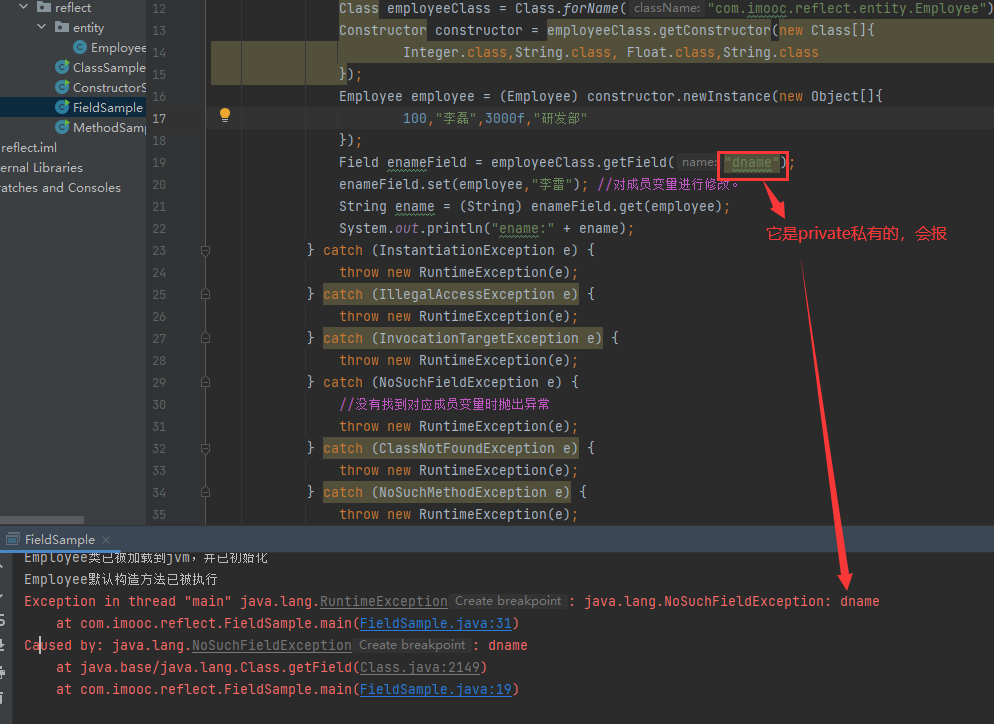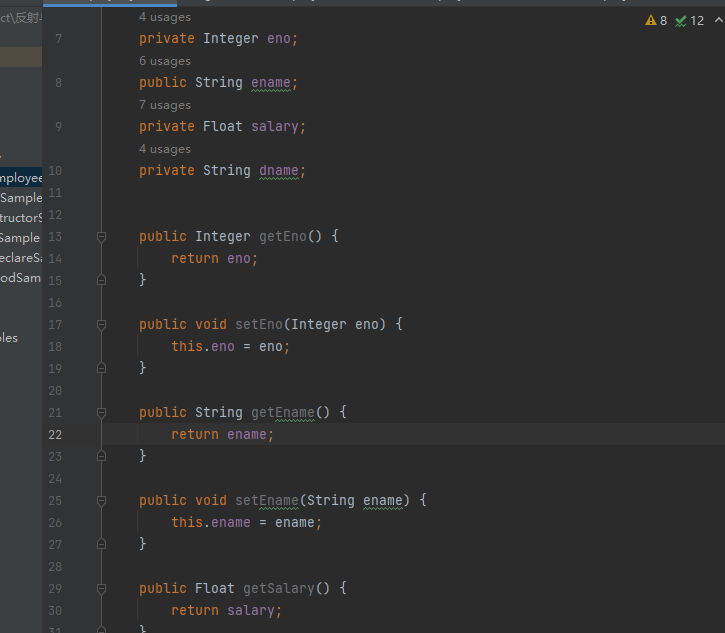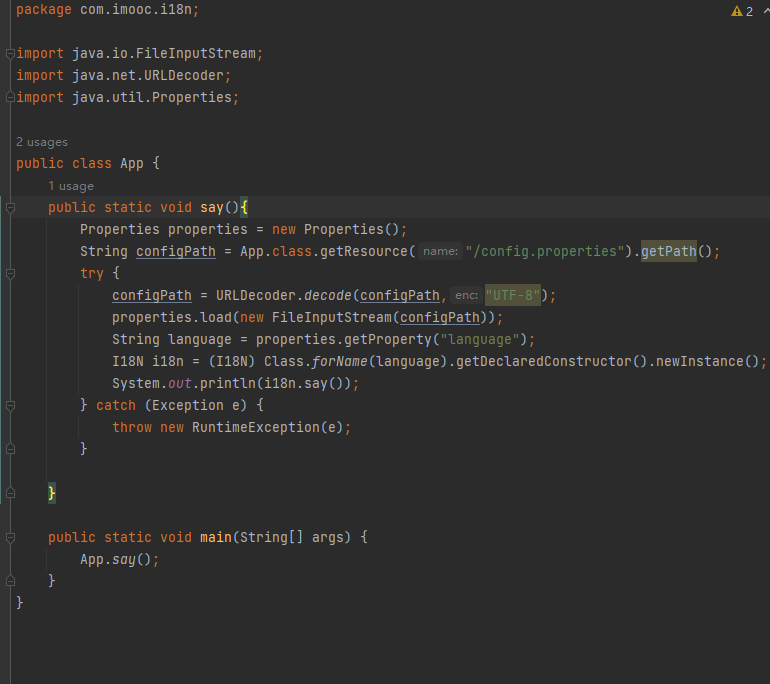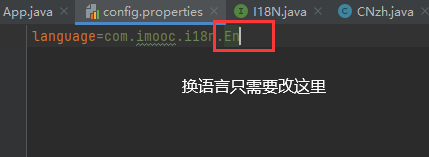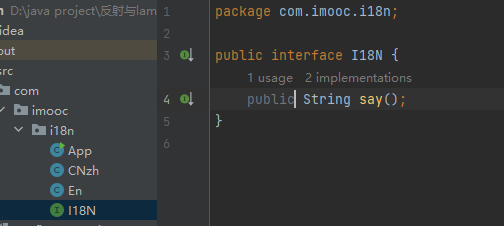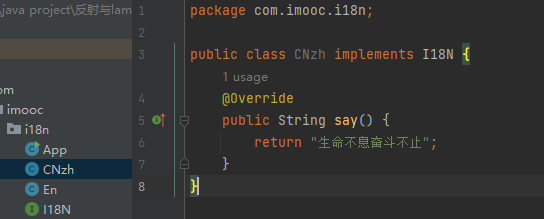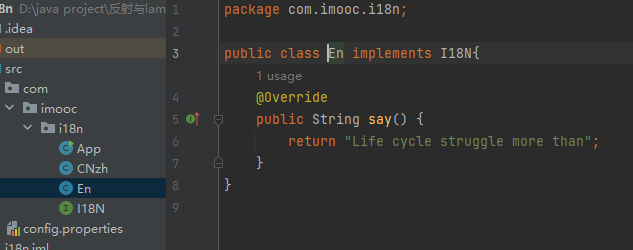Java反射
反射 Reflect
反射(Reflect)是在运行时动态访问类与对象的技术
反射是 JDK1.2 版本后的高级特性隶属于 java.lang.reflect
大多数 Java 框架都基于反射实现参数配置、动态注入等特性
1
2
3
4package com.imooc.reflect;
public interface MathOperation {
public float operate(int a, int b);
}
1 | package com.imooc.reflect; |
1 | package com.imooc.reflect; |
测试(普通):
1 | public static void case1() { |
测试(反射):
1 | public static void case2() { |
反射的核心类
Class类
Class是JVM中代表“类和接口”的类。
Class对象具体包含了某个特定类的结构信息。
通过Class对象可获取对应类的构造方法/方法/成员变量
Class核心方法
| 方法 | 用途 |
|---|---|
| Class.forName() | 静态方法,用于获取指定Class对象 |
| classObj.newlnstance() | 通过默认构造方法创建新的对象 |
| classObj.getConstructor() | 获得指定的public修饰构造方法Constructor对象 |
| classObj.getMethod() | 获取指定的public修饰方法Method对象 |
| classObj.getField() | 获取指定的public修饰成员变量Field对象 |
遇到’newInstance()’ is deprecated (newInstance()已被弃用)的话,解决方法如下:
JAVA9之前用法
1 | 1 Class.forName("类的全限定名").newInstance(); |
JAVA9之后用法
1 | 1 Class.forName("类的全限定名").getDeclaredConstructor().newInstance(); |
并Add’catch’异常。
Constructor 构造方法类
- Constructor 类是对 Java 类中的构造方法的抽象
- Contructor 对象包含了具体类的某个具体构造方法的声明
- 通过 Constructor 对象调用带参构造方法创建对象
| 方法 | 用途 |
|---|---|
classObj.getConstructor() |
获取指定的 public 修饰构造 Constructor 对象 |
constructorObj.newInstance() |
通过对应的构造方法创建对象 |
实体类 Class 对象 → 实体类构造方法 Constructor 对象 → 实体类对象
Method方法类
- Method 对象指代某个类中的方法的描述
- Method 对象使用 classObj.getMethod() 方法获取
- 通过 Method 对象调用指定对象的对应方法
Method类核心方法
| 方法 | 用途 |
|---|---|
classObj.getMethod() |
获取指定的 public 修饰方法 Method 对象 |
methodObj.invoke() |
调用指定对象的对应方法 |
return this 指的是返回类的当前对象。
invoke( )中要传入两个对象。
invoke(Object obj,Object… args)
Field成员变量
- Field对应某个具体类中的成员变量的声明
- Field对象使用classObj.getField()方法获取
- 通过Field对象可为某对象成员变量赋值/取值
Field类核心方法:
| 方法 | 用途 |
|---|---|
classObj.getField |
获取指定public修饰的成员变量对象 |
fieldObj.set() |
为某对象指定成员变量赋值 |
fieldObj.get() |
获取某对象指定成员变量数值 |
get开头获取方法都是默认获取public修饰的成员变量或方法。
getDeclared系列方法
- getDeclaredConstructor(s) | Method(s)|Field(s)获取对象
- getConstructor(s)|Method(s) | Field(s)只能获取public对象
访问非作用域内构造方法、方法、成员变量会抛出异常
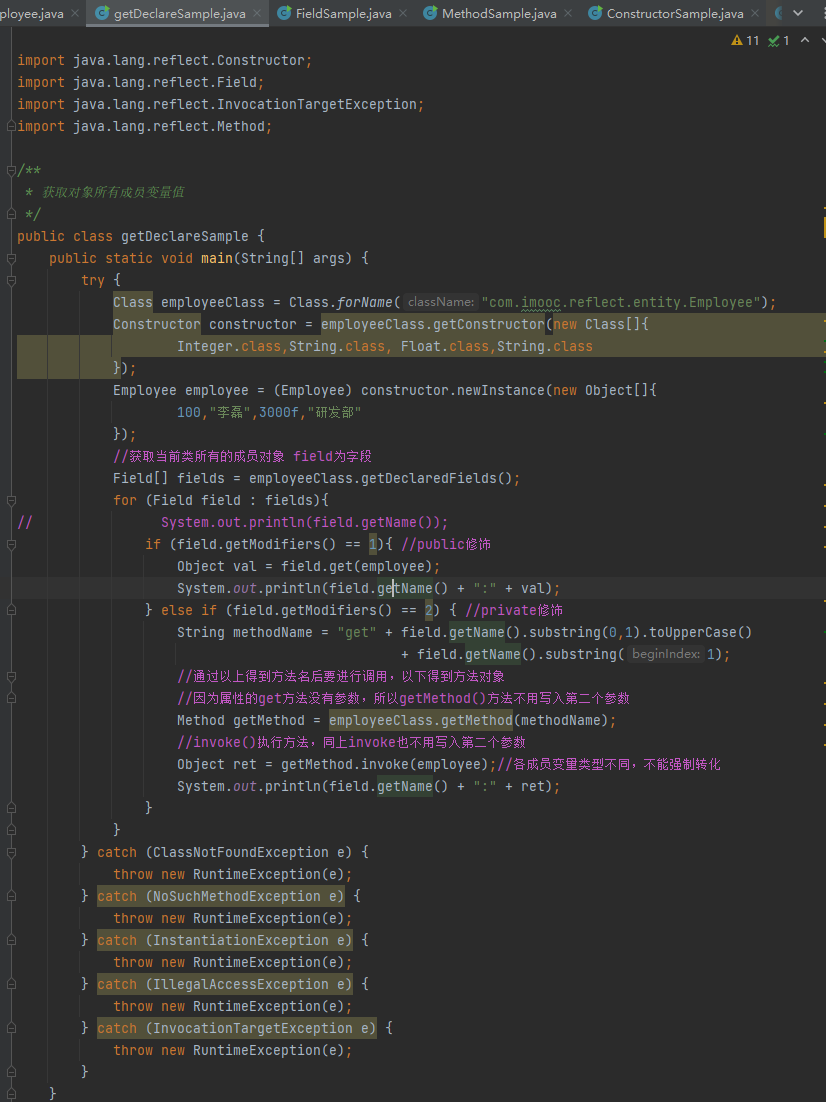
对应表如下:
| 修饰符 | 对应的int类型 |
|---|---|
| public | 1 |
| private | 2 |
| protected | 4 |
| static | 8 |
| final | 16 |
| synchronized | 32 |
| volatile | 64 |
| transient | 128 |
| native | 256 |
| interface | 512 |
| abstract | 1024 |
| strict | 2048 |
反射在项目中的应用案例
评论


